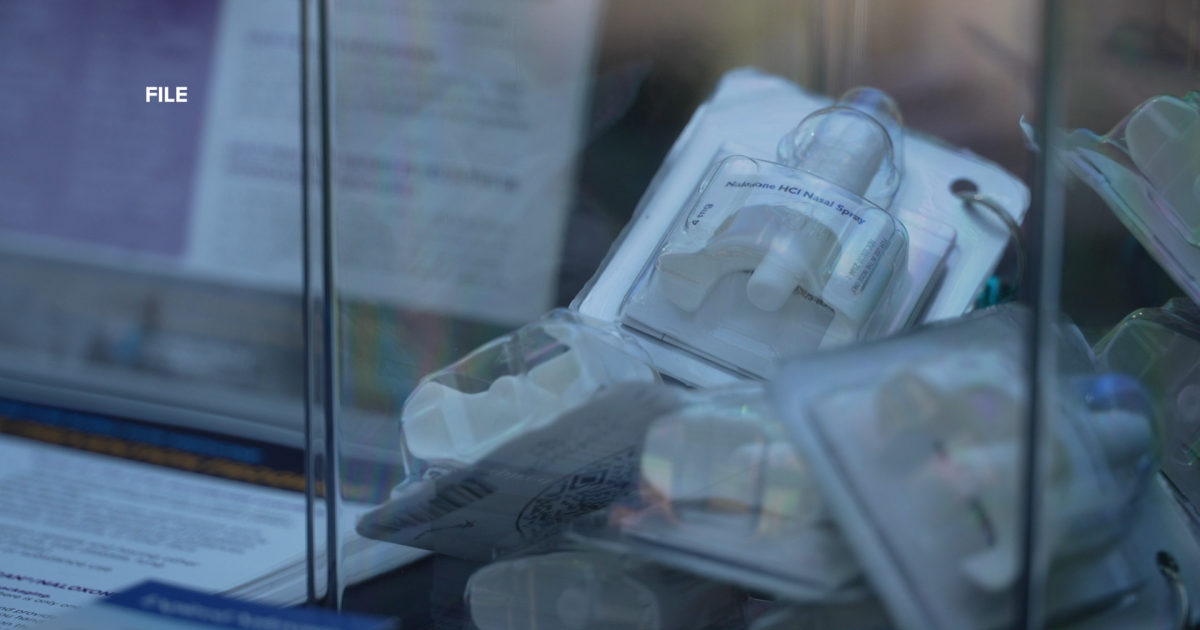COVID-19 is showing up at high levels in parts of New Orleans’ wastewater this month, offering a quiet signal that the virus is circulating again, even as other respiratory and gastrointestinal viruses remain low.
According to WastewaterSCAN, a national virus monitoring network, the West Bank treatment plant, which serves about 50,000 people, is currently in the “high” category for COVID concentrations. On the East Bank, which covers more than 330,000 residents, levels are categorized as “medium” but fluctuating.
The East Bank, representing most of New Orleans, was previously in the “high” category on Friday, said Amanda Bidwell, scientific program manager for the netword, a sign that there may be a sustained bump in cases.
“When we’re starting to see a surge happen for COVID, it kind of toggles on and off between medium and high,” Bidwell said.
Wastewater offers a near real-time view of virus activity in the community. People shed viruses like COVID in stool, saliva and other waste when they brush their teeth or flush the toilet, making wastewater a reliable early warning tool before people might have symptoms or seek out care. The WastewaterSCAN data is updated with three samples weekly from each of the two New Orleans treatment plants.
“It provides a really good snapshot of what is happening in your community,” Bidwell said.
At local hospitals, the rise hasn’t translated into a noticeable spike in patients.
“There are a few patients in the hospital who have COVID, but nothing terribly outrageous,” said Dr. Julio Figueroa, an infectious disease specialist at LSU Health New Orleans.
COVID-19 appears to be following a now-familiar pattern: two bumps a year, often after travel-heavy holidays, said Figueroa.
Other common viruses tracked in the wastewater — including RSV, flu A and B, adenovirus, enterovirus D68, norovirus, and rotavirus — are also currently in the “low” range.
For residents wondering how to use the data, Bidwell suggests thinking of it like a weather report. While public health agencies haven’t issued any formal alerts, individuals may choose to take extra precautions, like masking or avoiding large indoor gatherings, especially if they are vulnerable or caring for the young or elderly.
With most viruses quiet for now, clinicians are turning their attention to the months ahead, when viruses are typically more active, said Figueroa, who noted a drop in vaccination rate for pertussis, or whooping cough, which has resulted in infant deaths in Louisiana this year.
Source link

:max_bytes(150000):strip_icc()/GettyImages-22337115461-32aadf0839c946878057f92084823ca1.jpg)